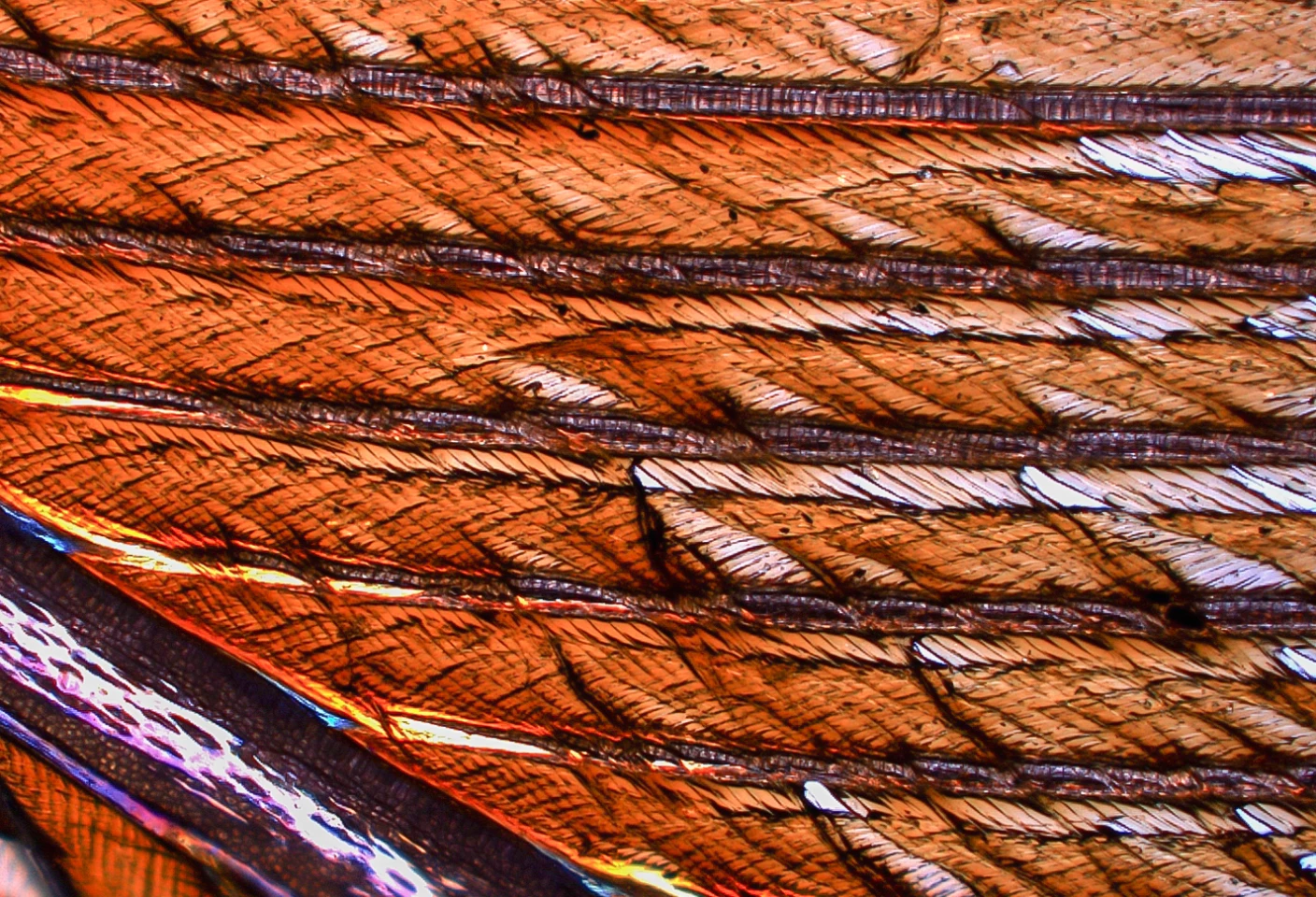It's always upsetting to see images of seabirds covered in crude oil, as the result of an accidental spill. According to a new study, however, even tiny amounts of routinely released waterborne oil may seriously damage such birds' feathers.
Led by researcher Emma Murphy, a team at Ireland's University College Cork started by collecting feathers from live Manx shearwaters, which are a type of seabird believed to be threatened by oil pollution.
In lab tests, the scientists proceeded to measure how quickly water would pass through those feathers, after exposure to four different thicknesses of surface crude oil – the thicknesses corresponded to those commonly observed at sea. Additionally, high-powered microscopes were used to assess how exposure to that oil affected the structure of the feathers.
It was found that even very thin surface films of oil did structurally harm the feathers, decreasing the ability of feather structures known as barbules to interlock with one another – this made the feathers significantly less waterproof. The films in question were just 0.1 to 3 microns thick. Putting those figures in context, the thickness of a human hair is approximately 70 microns (a micron is one millionth of a meter).

According to previous studies, oil-exposure-related loss of feather waterproofing increases the likelihood of seabirds becoming waterlogged, less buoyant, and less able to retain body heat. And while major oil spills may not be a constant occurrence, activities such as shipping and offshore oil extraction do routinely release smaller amounts of oil into the ocean.
"Chronic small-scale oil pollution is commonly overlooked in the marine environment, though it has been shown to have serious implications for the fitness and survival of seabirds," said Murphy. "This study examined one species, but the results can be extended to other species that rely on waterproofing to stay healthy when at sea for long periods."
A paper on the research was recently published in the journal Royal Society Open Science.
Source: University College Cork





